The Gentlemen Danes illustration was among one of the projects that I felt the most pressure for. The brief was in every sense of the word 'normal', but the fact that it was for an actual client did add an extra element of standard to live up to. I was very much representing my department, and due to the there being a client, I felt more of a weight on my shoulder to provide something substantial as a design, not just something I can see myself getting sufficient marks for. By the end I was glad to be a part of someone else's passion project, and because I was really happy with what I had produced, I felt that some of that passion was shared.
The book tells the story of Danish prisoners of war, residing in Reading during the years of 1807 – 1814; mainly taking from the memoirs of one of the prisoners, who became better known in the town as the Gentlemen Danes (also fittingly the title of the book). The book is the first to detail the ventures of this particular group of war prisoners as the memoirs were recently recovered and have only been translated fully as of 2020. The story of the Gentlemen Danes follows the group mainly throughout Reading and different parts of Berkshire; describing their lived experiences that make for an interesting, historic read.
I will be talking about the project below, however please feel free to read more about the overall job via this link
to our 'Real Job' scheme archive.
to our 'Real Job' scheme archive.
In an early meeting with my client, it was made very aware to me that the illustration had to be historically accurate. Everything in the scene, especially the clothing of characters, had to be researched and then approved by my client. The research involved a visit to the Museum of English Rural life to get a more accurate and confident look and feel for the type of scenery and clothing of the time. The visit was very fruitful, and the notes I took were very helpful to the character development over time. The books where I got the most useful information from were British Working Dress – occupational clothing 1750-1950 (Jayne Shrimpton) – Shire Library, and Pyne’s British Costumes (William H Pyne). It was the first time that I would have to an extended amount of research for an illustration. It was also a learning curve for me in terms of illustrating from descriptions in text. The first sketches I sent to the client were in pencil and were to get a feel for the number of people in the scene and how the scene would be generally set up. Over time the sketches developed into digital sketches and in-turn the details with scenery and characters started to be added to eventually amount to my final outcome.
Alongside personal research, my client also helped a lot with advice on the look of the characters. I made modular use of each character, and created them partly in and partly out of the scene they were to be in; letting them exists as their own entity also. Initially I would make sure that they were in the right place and of right proportion. I would then take the less detailed frame out and add the necessary. This would help with if the client would at any time want to change a character's outfit or position in the scene; there would be no problem doing so because they could all be individually moved by themselves. Some of the characters can be seen below.
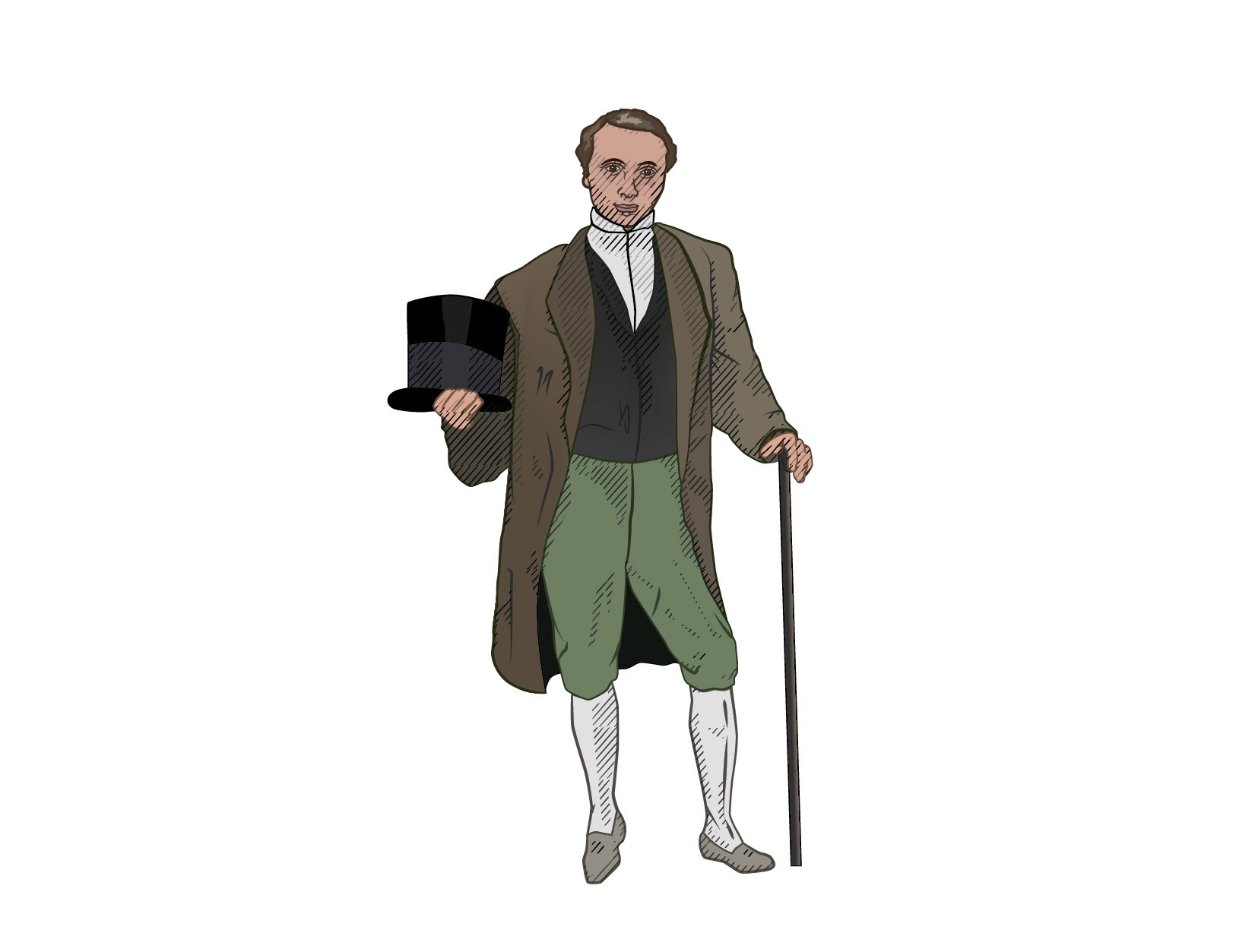
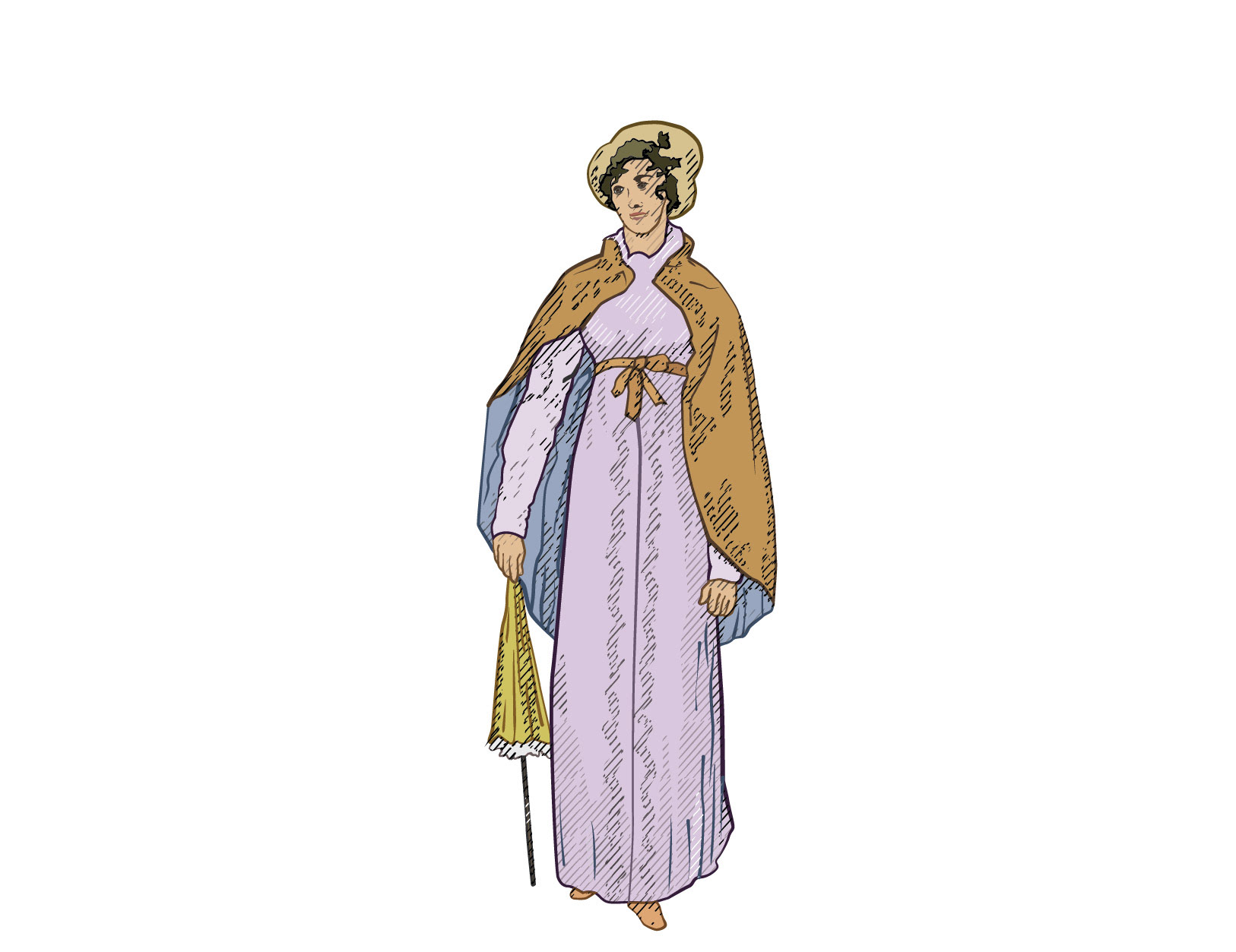
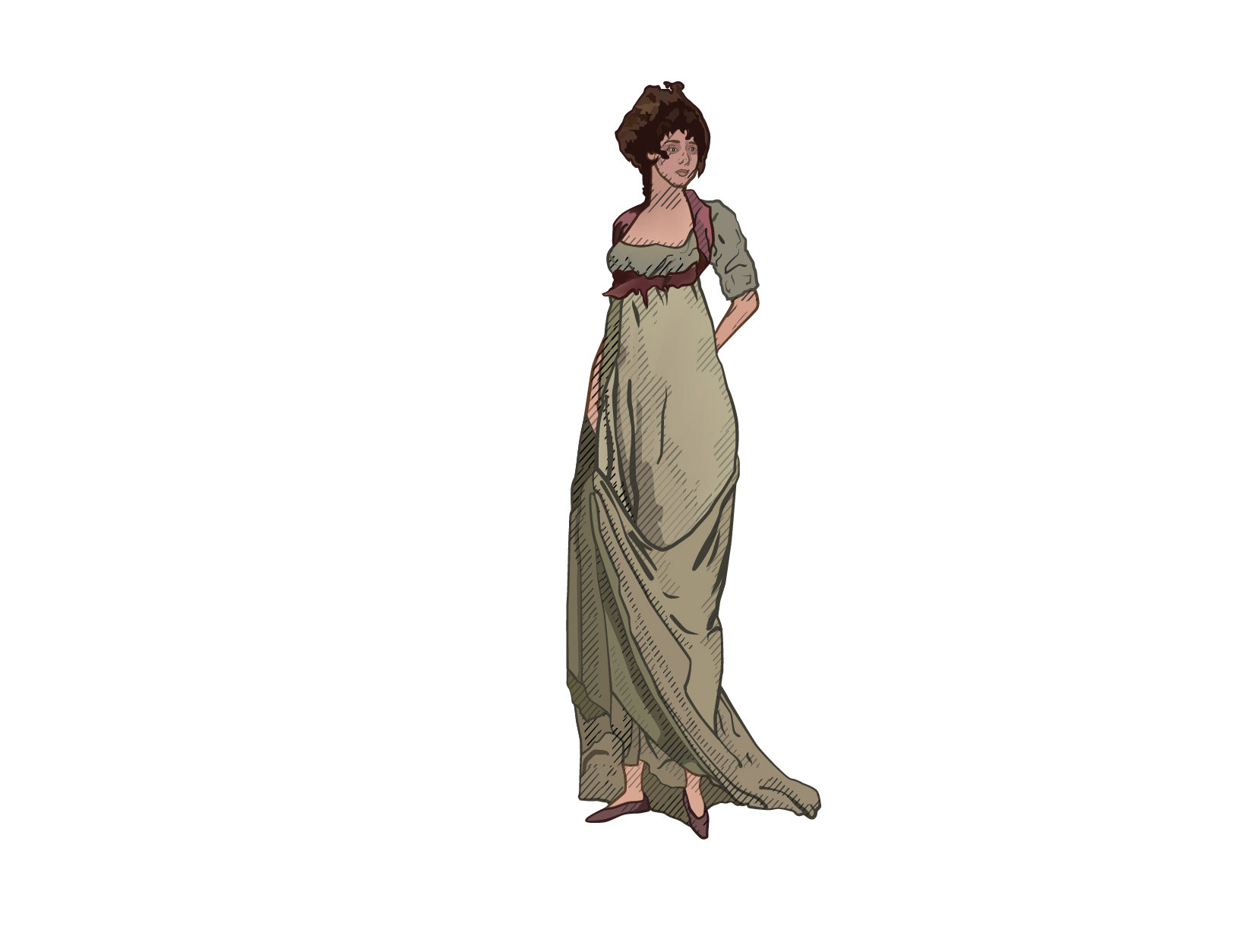
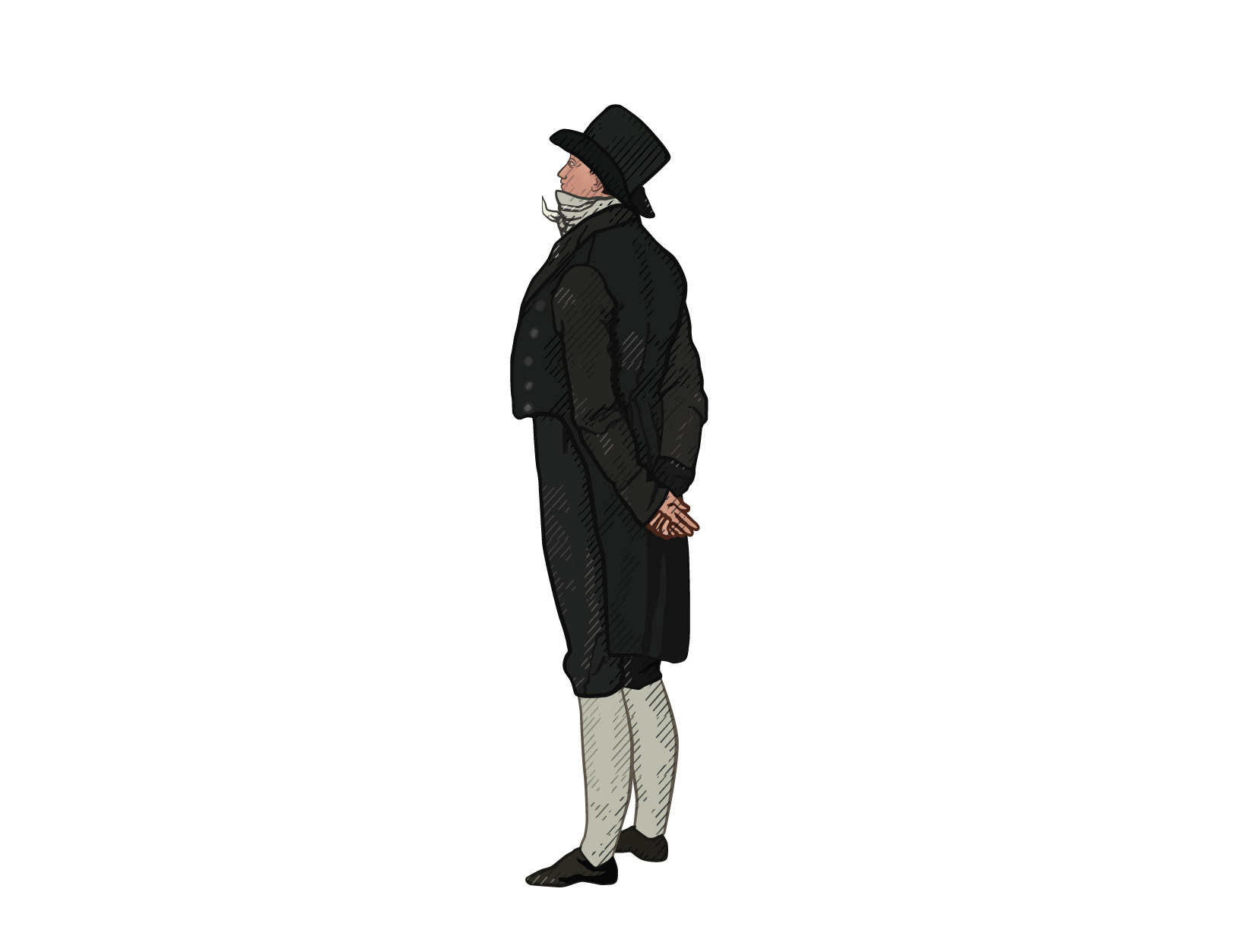
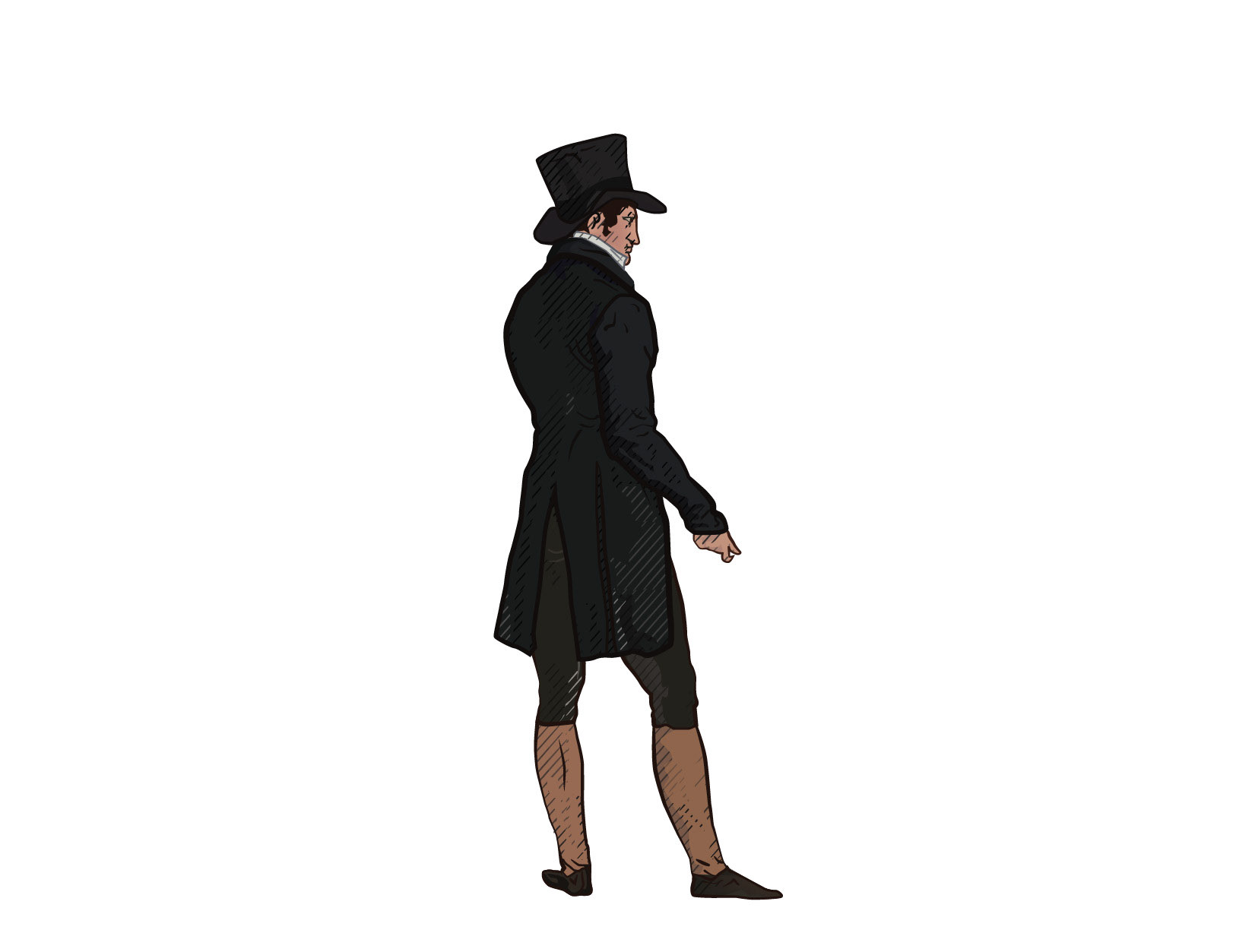
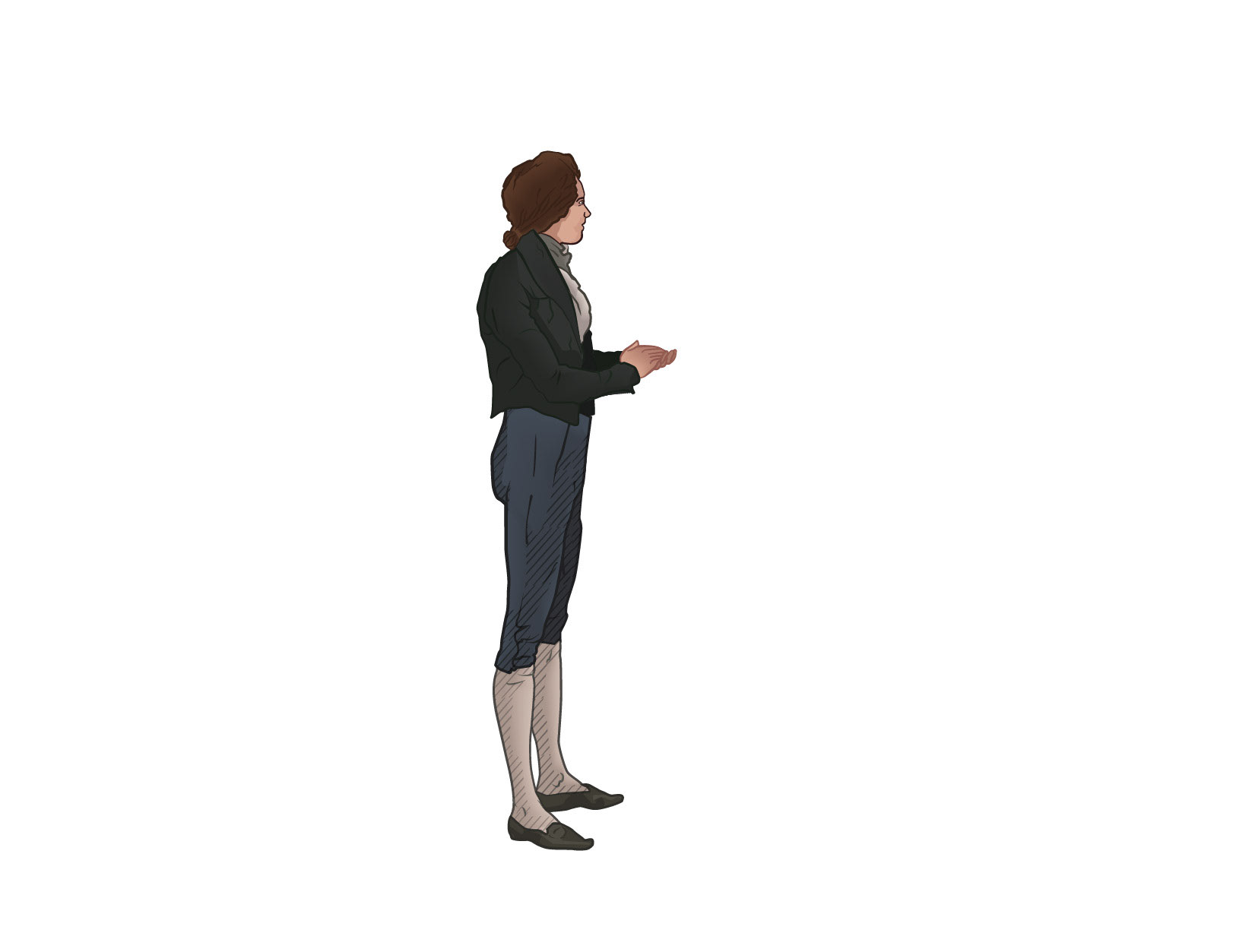
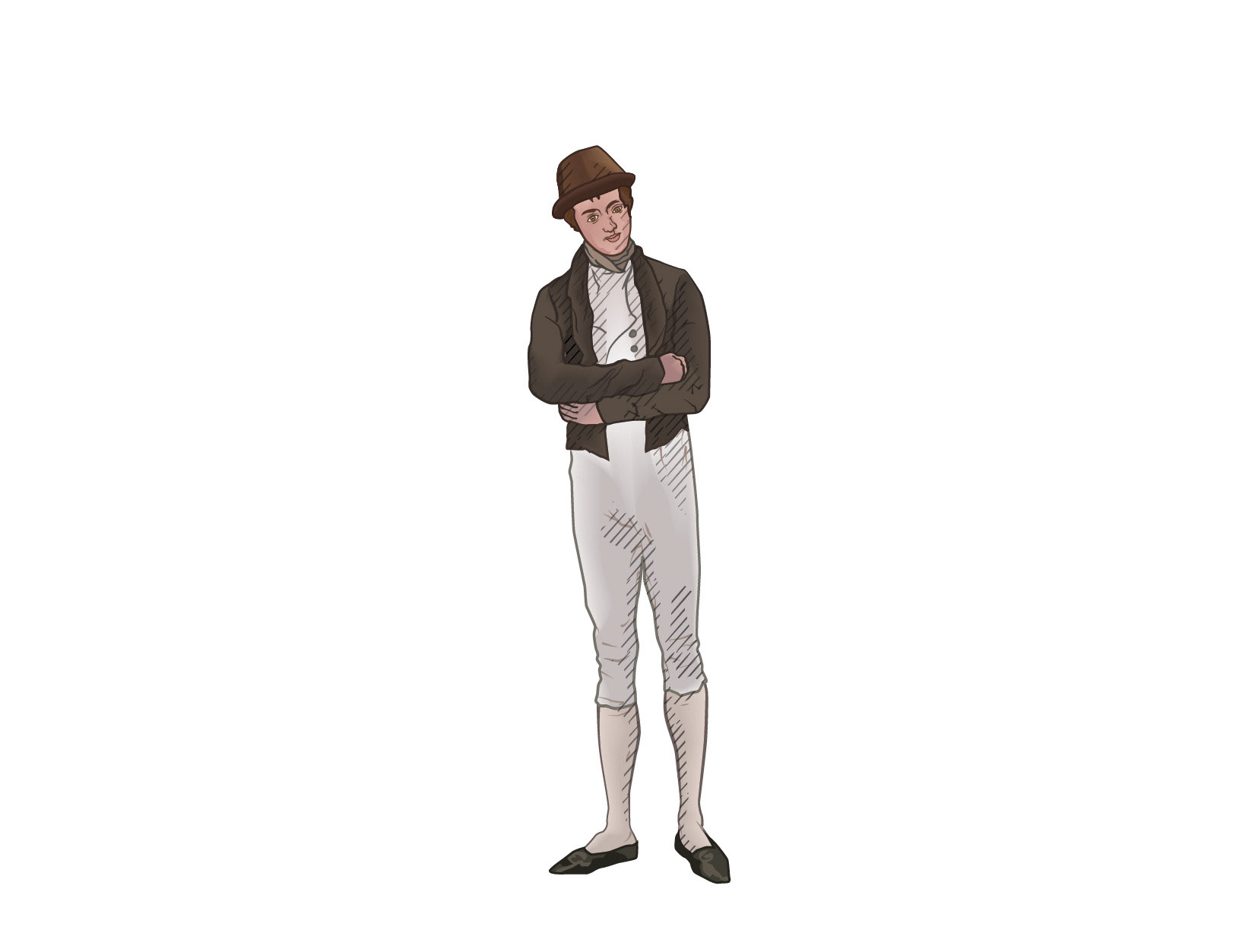
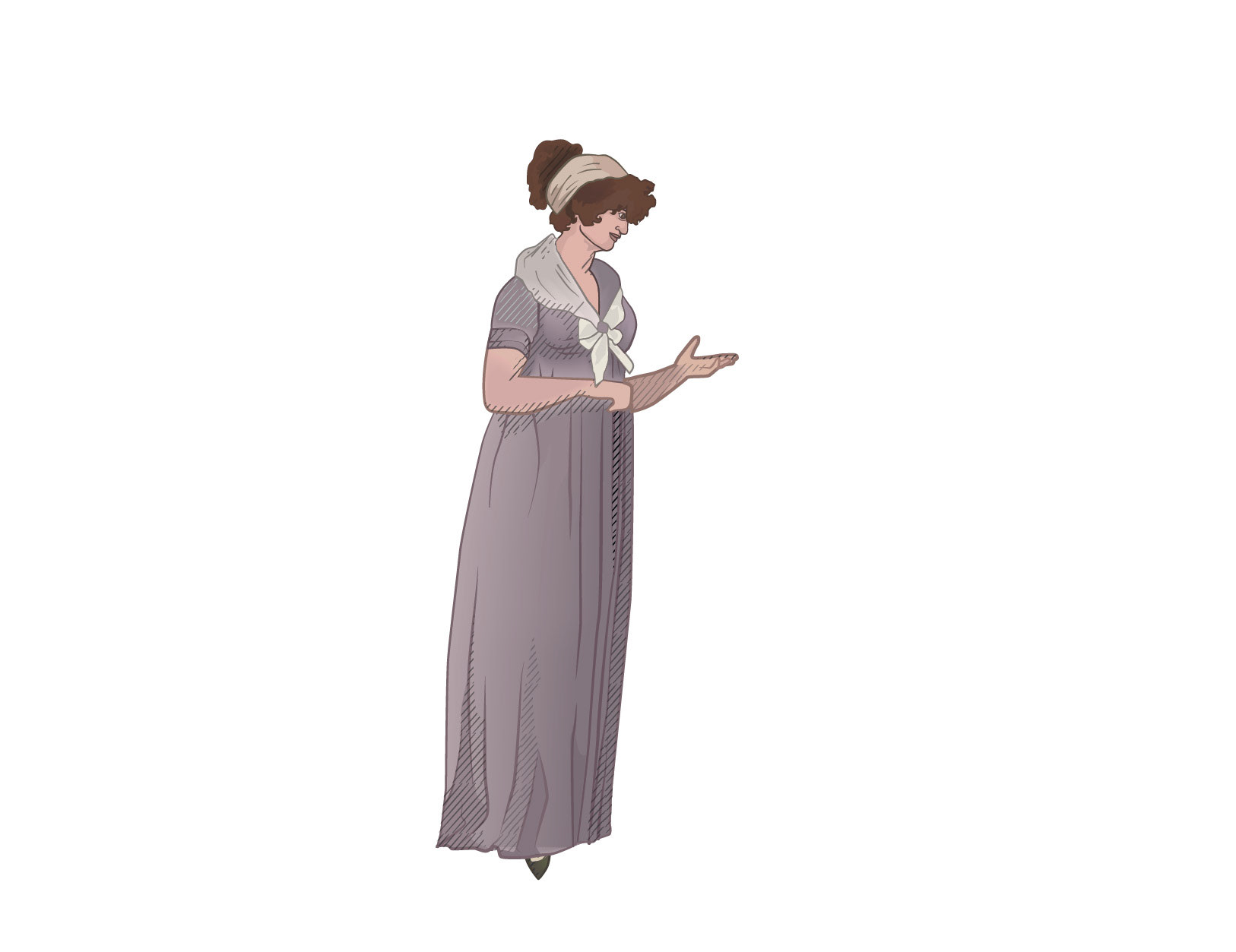
A word from my client: “Lewis put his name forward to do an illustration of a country event in Berkshire in the early nineteenth century for a forthcoming book. In order to be as historically accurate as possible Lewis had to do a lot of work in researching the costumes people were wearing at the time. After many online meetings, and a number of adjustments and modifications to the original brief, we finally honed it down to a picture that I was very happy with. Happy not only because it is an authentic reproduction of how the event might have appeared like, but also because it was done in Lewis' own graphic style. It was a very pleasant experience to work with Lewis and I wish him great success in the future”
